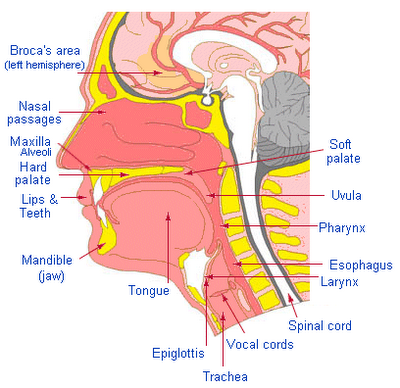
Some people have a mindset to hate English their entire life. This mindset is caused by their own feeling that English is not important to be acquired, and there is no fun and joy in learning it. However, what people not realize today that, there's magic behind this language. It may seem awkward, but that's the truth. In order to acquire English proficiency, a learner has to feel the joy in it first before discovering the "magic" behind it. To search for the "magic", language activities are invented for learners to acquire the proficiency of language in a fun way.
Second, is the mime, or in other words, a non-verbal communication. We chose to create a short clip, "The Duel", which focused around a playboy, who tries to flirt girls around him, and a tough guy, who despises the playboy who is trying too grab his chances. Eventually, this leads to a boxing duel between those two, and funny chain of events happens as the match goes by. Despite the effective use of sound effects and cinematography, the recycled idea, which uses props closely similar to another group's clip, causes a thumb-down on our mime. Plus, we realized that it's much into a silent comedy instead of showing the communication purpose of the mime.
If you can't can any candy can,how many candy cans can a candy canner can,if he can can candy cans ?
A big black bug bit a big black dog on his big black nose!
Did Dick Pickens prick his pinkie pickling cheap cling peaches in an inch of Pinch or framing his famed French finch photos?


- Seven letters will be shown on the screen.
- Using the provided seven letters, create as many words as you can, at least 3 letters, and at most 7 letters within a time limit of 2 minutes.
- One group will be made up of four people.
- Each of the letters may be only used once per word. For example, if there are 2 “A”s among the seven letters, the word must use either one or two “A”s.
- After 2 minutes are up, the full list of words will be shown.
- In order to advance to the next round, the group must achieve the goal of number of words need to be created.
- Any group who fails to achieve the number of words required will be eliminated from the game.
- If no one passes the round, the winner will be declared according to: (1) the team who created the most words (2) the team who manage to form the longest word (7 letters, then 6 letters, 5 letters, …)
- If there are any words created being unlisted on the list, it will be accepted if the word exists in the dictionary.








 4:43 PM
4:43 PM
 kmf
kmf






